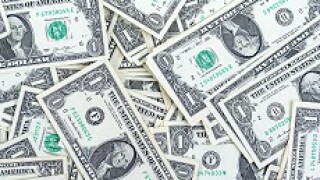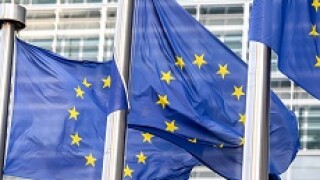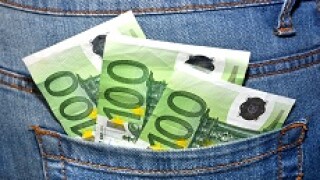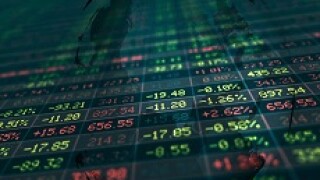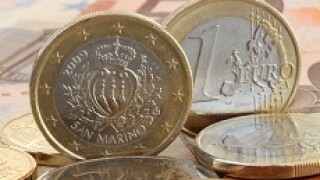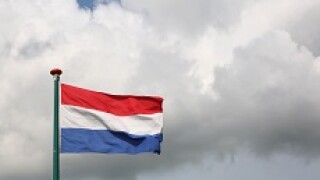Nederlandse Waterschapsbank
-
Dollars was the favoured currency for public sector borrowers for the second week running this week, giving attractive funding conditions for euro borrowers amid strong investor demand, particularly in the 10 year part of the curve.
-
Belgium took advantage of more attractive funding conditions in dollars versus euros and strong demand at the 10 year point of the curve to sell its first dollar bond since 2017 on Tuesday. SSA supply in dollars will continue on Wednesday with the Asian Infrastructure Investment Bank and Nederlandse Waterschapsbank bringing socially responsible deals.
-
-
This week's funding scorecard looks at the progress of Europe's supranationals and agencies in early April.
-
This week's funding scorecard looks at the progress of Europe's supranationals and agencies at the start of March.
-
Trading levels given are bid-side spreads versus mid-swaps and/or an underlying benchmark and bid-yields from the close of business on Monday, February 3. The source for secondary trading levels is ICE Data Services.
-
-
Nederlandse Waterschapsbank and the State of Brandenburg took advantage of a lack of euro SSA supply this week to bring well subscribed deals on Tuesday. The Asian Development Bank will be looking to follow with a 10 year euro benchmark on Wednesday.
-
The public sector debt market has had a superb start to 2020, breaking records right and left in defiance of geopolitical tensions that, in previous years, would have scuppered the market as it left the dock, writes Lewis McLellan.
-
Two SSA borrowers tapped the seven year part of the euro curve this week, but came away with different results. Luxembourg received an oversubscribed book for its deal on Wednesday, while Nederlandse Waterschapsbank (NWB Bank) had to price without fully placing its €1bn trade.
-
A move in the Bund curve left the market too volatile for Nederlandse Waterschapsbank (NWB) to fully place its seven year euro benchmark on Thursday.
-
Running in parallel with the rapid growth of the green bond market have been the numerous labels for these bonds. But the abundance of green labels risks confusing investors and diluting an important vehicle to finance projects to clean up the planet.

